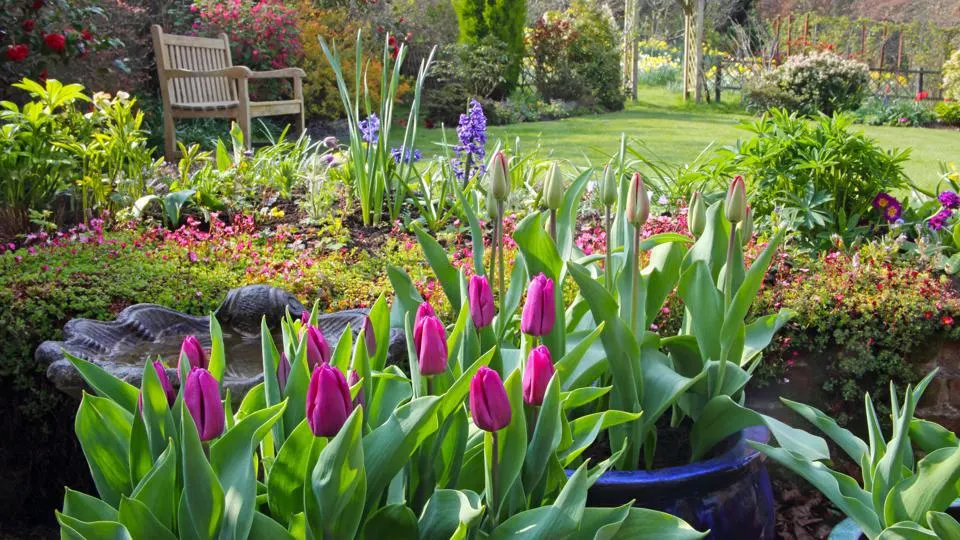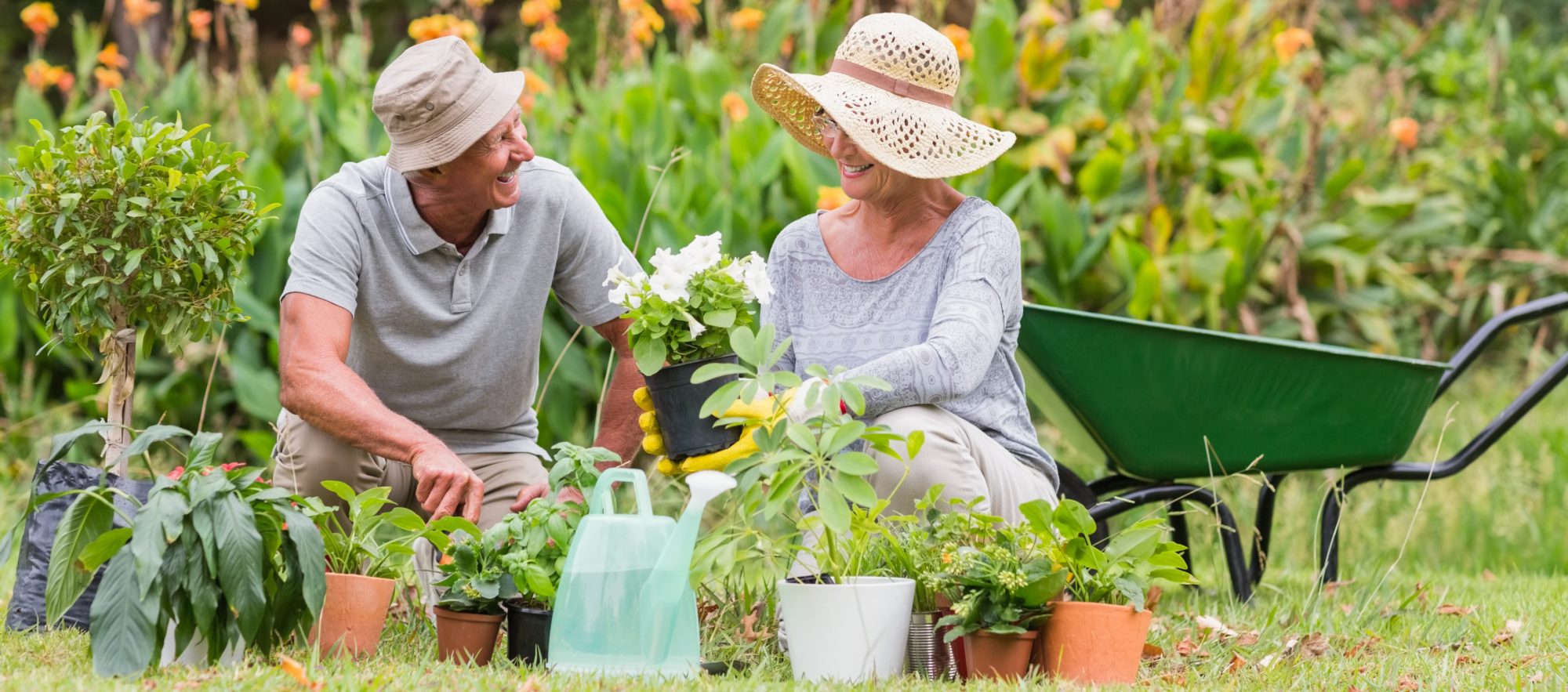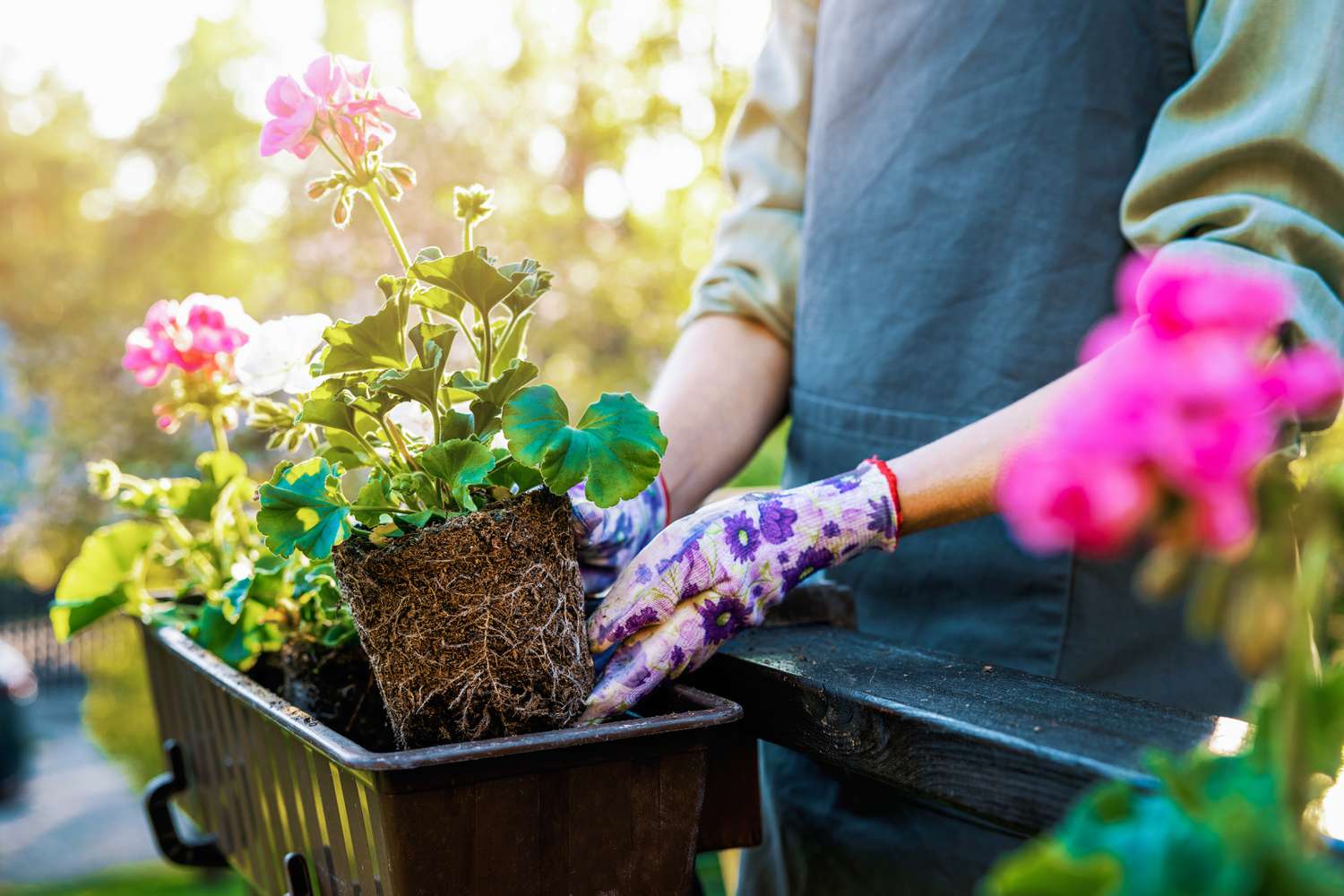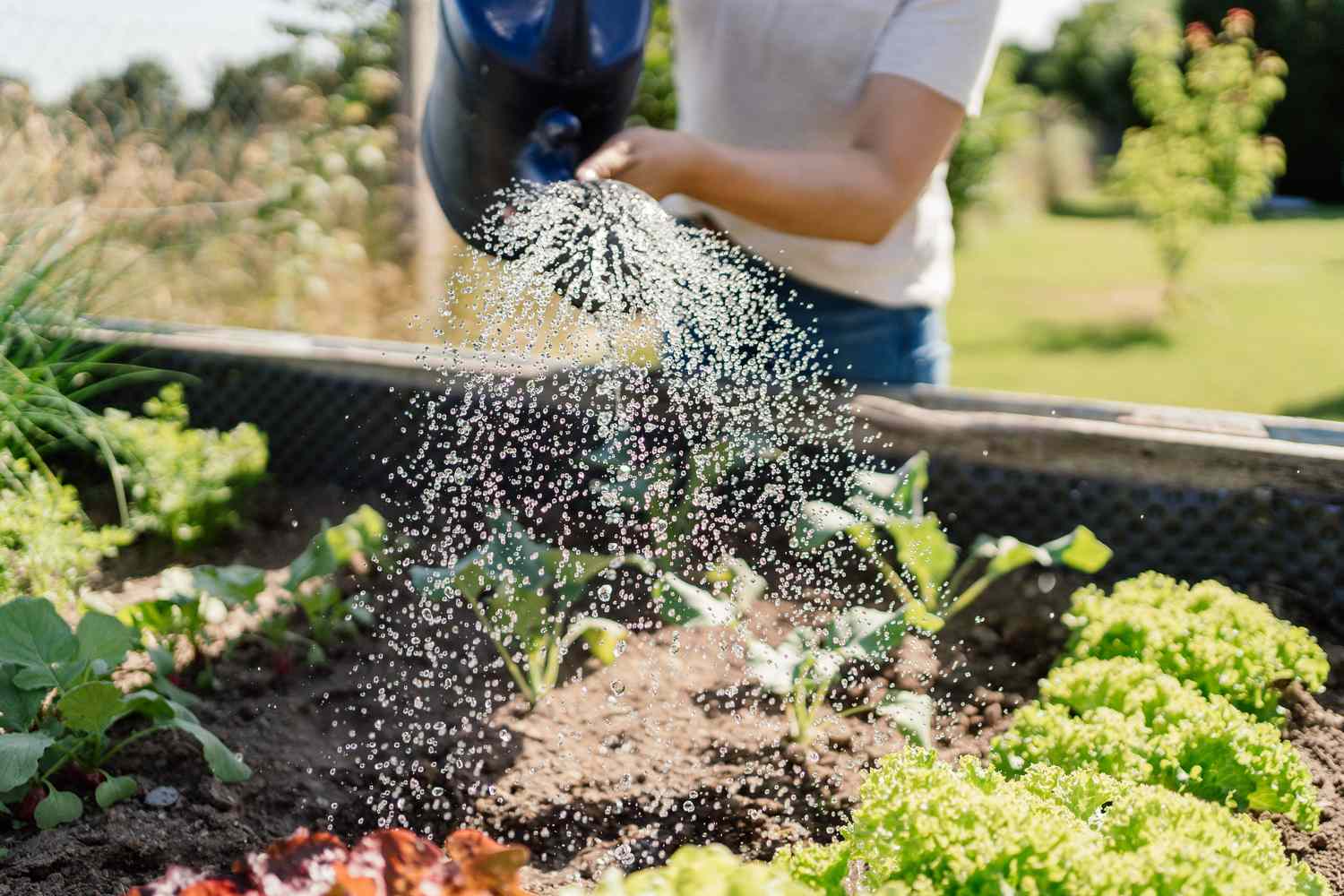Title: Seasonal Gardening Tasks: What to Do in Your Garden Each Month of the Year
Introduction:
Maintaining a healthy and vibrant garden requires ongoing care and attention throughout the year. By staying organized and proactive with seasonal gardening tasks, you can ensure that your garden thrives in every season. In this comprehensive guide, we’ll outline what to do in your garden each month of the year, from planting and pruning to fertilizing and harvesting, to help you maximize the beauty and productivity of your outdoor space.
January:
– Inspect garden beds for signs of frost damage and protect tender plants with frost cloth or mulch.
– Plan your garden layout for the upcoming growing season and order seeds or plants as needed.
– Clean and sharpen garden tools to prepare for spring planting and maintenance tasks.
– Prune deciduous trees and shrubs while they are dormant to promote healthy growth and shape.
February:
– Start seeds indoors for warm-season vegetables and flowers, such as tomatoes, peppers, and petunias.
– Prepare garden beds by amending soil with compost and organic matter to improve fertility and drainage.
– Plant cold-hardy vegetables and perennials such as spinach, lettuce, and pansies as soon as soil can be worked.
– Prune fruit trees and grapevines before bud break, removing dead or diseased wood and shaping for optimal growth.
March:
– Direct sow cool-season vegetables and herbs outdoors, such as peas, carrots, and cilantro.
– Transplant seedlings started indoors into larger pots or outdoor beds once they have developed several sets of true leaves.
– Divide and transplant perennial flowers as needed to rejuvenate crowded or overgrown clumps.
– Begin feeding plants with a balanced fertilizer to support healthy growth and development throughout the growing season.
April:
– Plant annual flowers and warm-season vegetables outdoors after the threat of frost has passed.
– Install irrigation systems or set up soaker hoses to ensure consistent watering during the growing season.
– Apply a layer of mulch around plants to conserve moisture, suppress weeds, and regulate soil temperature.
– Monitor garden for pests and diseases, and take proactive measures such as handpicking, spraying with insecticidal soap, or applying organic controls as needed.
May:
– Continue planting warm-season crops such as tomatoes, peppers, squash, and cucumbers.
– Deadhead spent flowers to encourage continuous blooming and remove faded foliage to improve air circulation and reduce disease.
– Train and support climbing plants such as peas, beans, and cucumbers with trellises, stakes, or cages.
– Harvest early crops such as radishes, lettuce, and spinach as they reach maturity, and enjoy the fruits of your labor.
June:
– Provide regular watering to plants, especially during hot and dry periods, to prevent stress and dehydration.
– Monitor for signs of nutrient deficiencies and supplement with organic fertilizers or foliar sprays as needed.
– Stake or cage tall and heavy-bearing plants such as tomatoes and peppers to support their growth and prevent breakage.
– Harvest ripe fruits and vegetables regularly to encourage continuous production and prevent overripening or spoilage.
July:
– Water deeply and consistently during the heat of summer, focusing on the root zone to ensure plants receive adequate moisture.
– Mulch garden beds to conserve moisture, suppress weeds, and protect soil from extreme temperatures.
– Monitor for signs of pests such as aphids, spider mites, and caterpillars, and take appropriate measures to control infestations.
– Deadhead flowers and remove spent foliage to encourage new growth and maintain a tidy appearance in the garden.
August:
– Continue watering, mulching, and fertilizing plants to support their growth and development during the peak of summer.
– Harvest vegetables and herbs regularly to prevent bolting or overripening, and preserve excess produce through freezing, canning, or drying.
– Start planning for fall crops by sowing seeds for cool-season vegetables such as kale, lettuce, and radishes.
– Begin preparing garden beds for fall planting by removing spent crops, amending soil, and incorporating organic matter.
September:
– Plant cool-season vegetables and herbs outdoors for a fall harvest, such as broccoli, cauliflower, and spinach.
– Divide and transplant perennials as needed to rejuvenate plants and fill in empty spaces in the garden.
– Collect seeds from annual flowers and vegetables for saving and replanting next year.
– Clean and organize garden tools and equipment, and prepare for fall cleanup and winterization tasks.
October:
– Harvest remaining vegetables and herbs before the first frost, and cover sensitive crops with frost cloth or row covers for protection.
– Plant spring-blooming bulbs such as tulips, daffodils, and crocuses for a colorful display next year.
– Clean up garden beds by removing dead foliage, pulling weeds, and adding a layer of mulch for winter protection.
– Prepare garden beds for winter by adding compost or organic matter to replenish soil nutrients and improve structure.
November:
– Finish planting spring-flowering bulbs before the ground freezes, and water thoroughly to encourage root establishment.
– Clean and store garden tools, hoses, and equipment for winter to prevent damage from freezing temperatures.
– Apply a layer of mulch or straw to protect tender perennials and newly planted bulbs from winter cold and frost heaving.
– Reflect on the past growing season, take note of successes and challenges, and start planning for next year’s garden.
December:
– Take advantage of the slower pace of winter to plan and design your garden for the upcoming growing season.
– Order seeds, plants, and gardening supplies for spring delivery, and update your garden journal with planting dates, varieties, and observations.
– Conduct soil tests to assess nutrient levels and pH, and amend soil as needed to prepare for spring planting.
– Take time to relax and enjoy the beauty of your garden during the winter months, and dream of the bountiful harvests to come in the new year.
Conclusion:
By following these seasonal gardening tasks, you can stay organized and proactive in caring for your garden throughout the year. From planning and planting to maintenance and harvest, each month presents unique opportunities and challenges for nurturing your outdoor space. By staying attentive to your garden’s needs and adapting your tasks and routines accordingly, you can create a thriving and beautiful garden that brings joy and satisfaction year-round.



